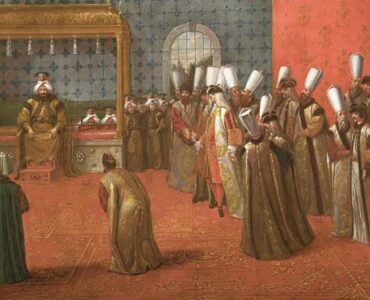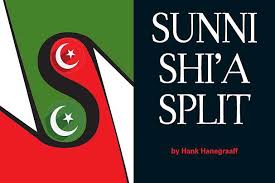
The Lesser Crusades
Aragonese Crusade
The Aragonese Crusade or Crusade of Aragon, a part of the larger War of the Sicilian Vespers, was declared by Pope Martin IV against the King of Aragon, Peter III the Great, in 1284 and 1285. Because of the recent conquest of Sicily by Peter, the Pope declared a crusade against him and officially deposed him as king, on the grounds that Aragon was a papal fief: Peter’s grandfather and namesake, Peter II, had surrendered the kingdom as a fief to the Holy See. Martin bestowed Aragon on Charles, Count of Valois, son of the French king, Philip III, and nephew of Peter III.
The crusade soon caused civil war within Aragon, as Peter’s brother, King James II of Majorca, joined the French. James had also inherited the County of Roussillon and thus stood between the dominions of the French and Aragonese monarchs. Peter had opposed James’ inheritance as a younger son and reaped the consequence of such rivalry in the crusade.
Peter’s eldest son, the future Alfonso III, was placed in charge of defending the border with Navarre, which was ruled by Philip III’s son, Philip the Fair. Although Peter feared a full-scale invasion from Navarre, there were only some cross-border raids. The Navarrese king joined the main invading army under his father.
In 1284, the first French armies under Philip and Charles entered Roussillon. They included 16,000 cavalry, 17,000 crossbowmen, and 100,000 infantry, along with 100 ships in south French ports. Though they had James’ support, the local populace rose against them. The city of Elne was valiantly defended by the so-called Bâtard de Roussillon (Bastard of Roussillon), the illegitimate son of Nuño Sánchez, late count of Roussillon (1212–1242). Eventually he was overcome and the cathedral was burned, despite the presence of papal legates, while the population was massacred, all save the Bâtard. He succeeded in negotiating his surrender and accompanied the advancing royal forces as a prisoner.
In 1285, Philip the Bold entrenched himself before Girona in an attempt to besiege it. The resistance was strong, but the city was taken. Charles was crowned there, but without an actual crown. On 28 April, Cardinal Jean Cholet placed his own hat on the count’s head. For this, Charles was derisively but not unaffectionately nicknamed roi du chapeau (“king of the hat”).
Progress Of The Aragonese Crusaders
The French soon experienced a reversal, however, at the hands of Peter III’s admiral, Roger de Lauria. The French fleet was defeated and destroyed at the Battle of Les Formigues. As well, the French camp was hit hard by an epidemic of dysentery. Philip himself was afflicted. The heir to the French throne, Philip of Navarre, opened negotiations with Peter for free passage for the royal family through the Pyrenees. But the troops were not offered such passage and were decimated at the Battle of the Col de Panissars. The king of France himself died at Perpignan, the capital of James of Majorca, and was buried in Narbonne. Peter did not long survive him.
Historian H. J. Chaytor described the Aragonese Crusade as “perhaps the most unjust, unnecessary and calamitous enterprise ever undertaken by the Capetian monarchy.” W. C. Jordan has blamed it for the young Philip’s opposition to papal interference in French foreign policy upon his succession, which had long-reaching consequences for Europe. The crusade’s legacy to France was slight, but Majorca was devastated as an independent polity. Alfonso III annexed Majorca, Ibiza, and Menorca in the following years. In 1295, the Treaty of Anagni returned the islands to James and the Treaty of Tarascon of 1291 officially restored Aragon to Alfonso and lifted the ban of the church.
The Lesser Crusades: Aragonese Crusade
802 – 021
harps://discerning-Islam.org
Last Update: 02/2022
See COPYRIGHT information below.



